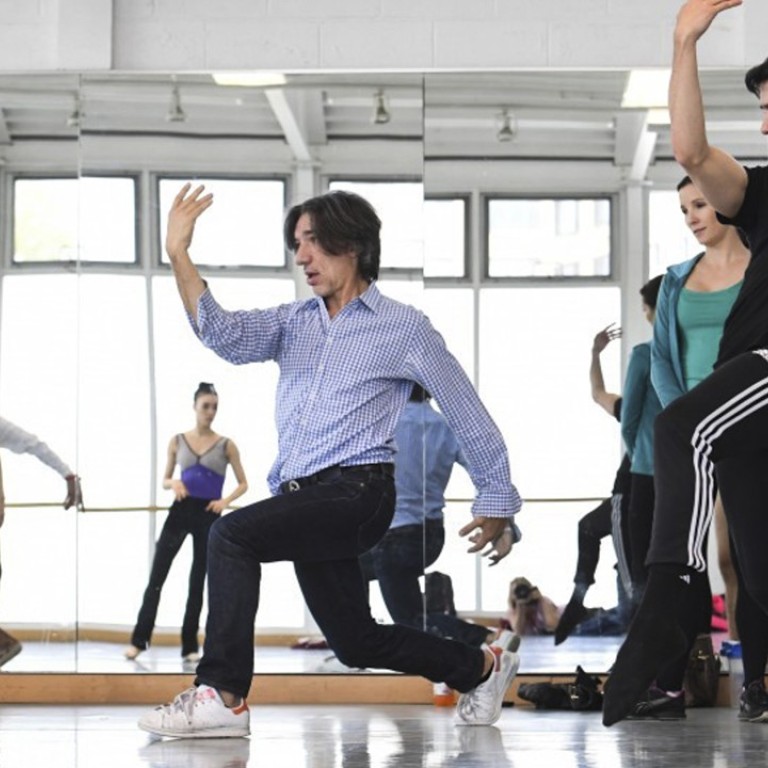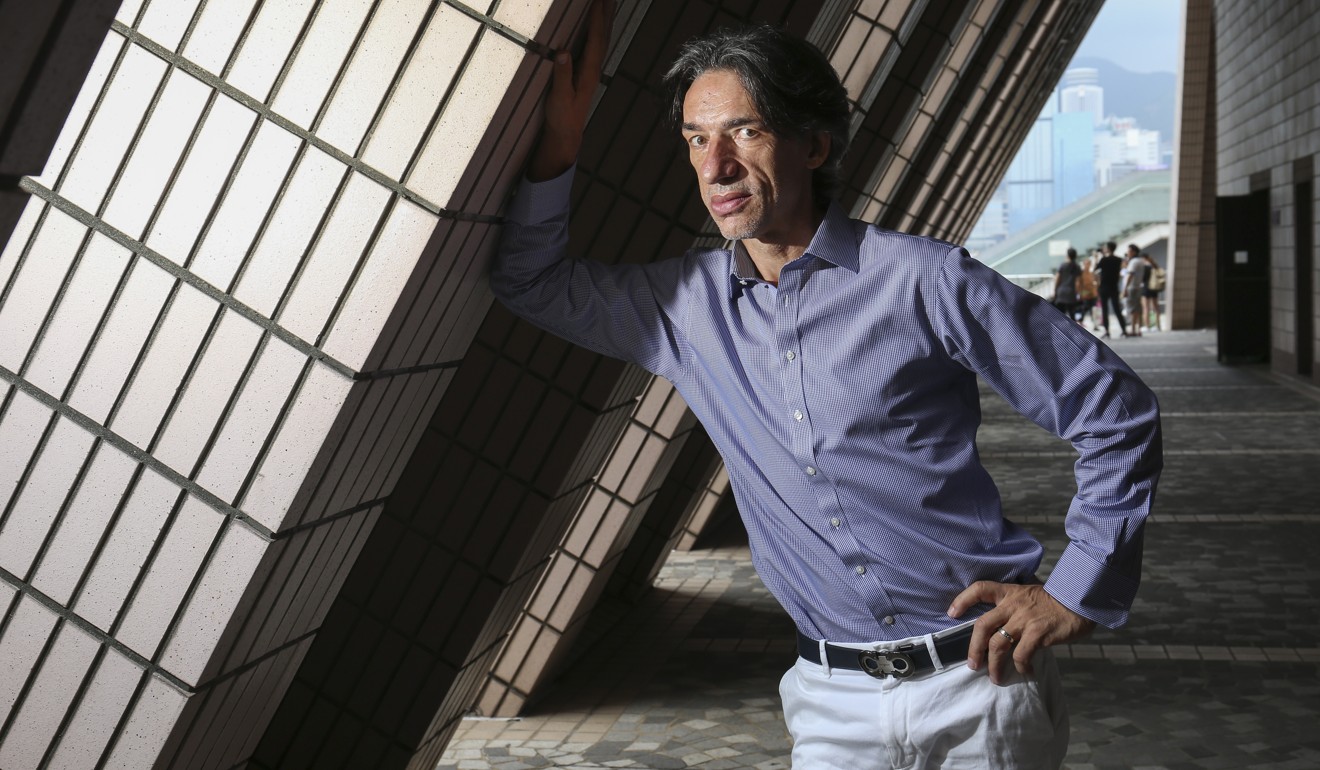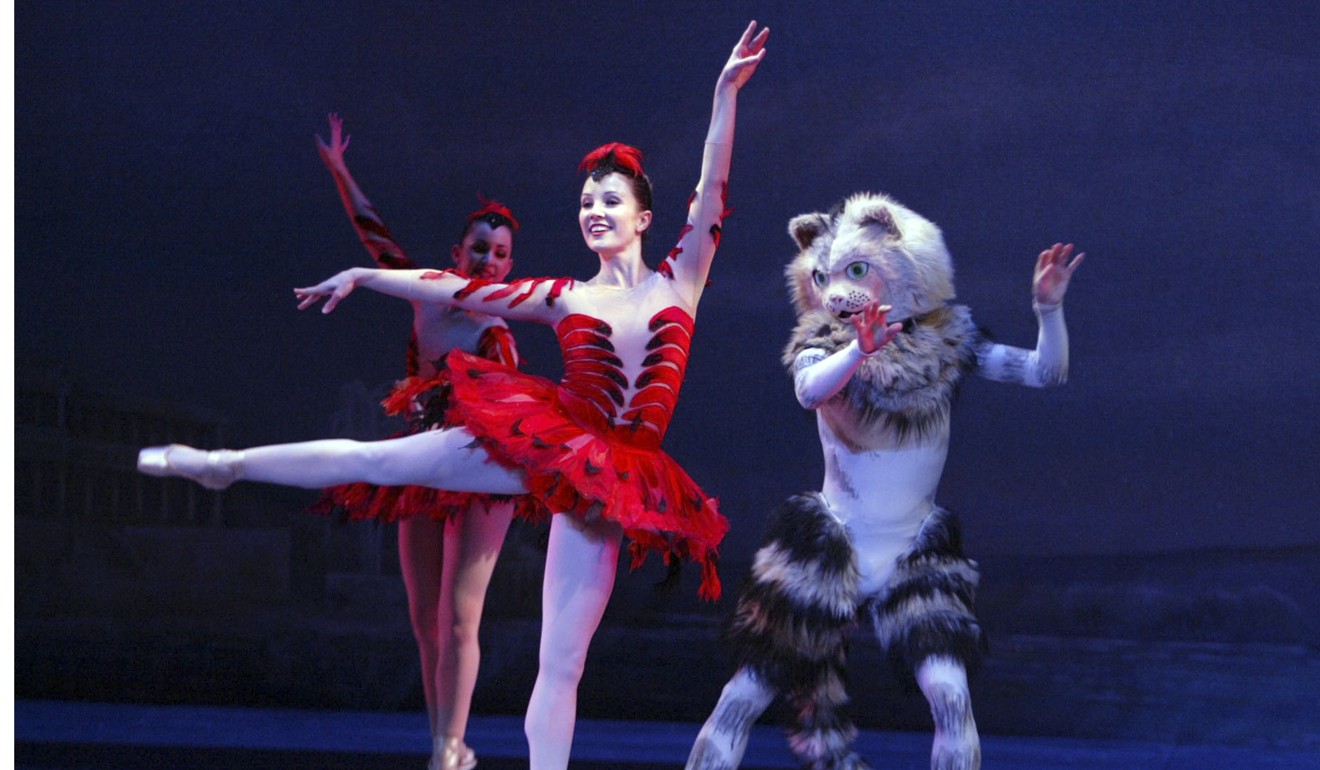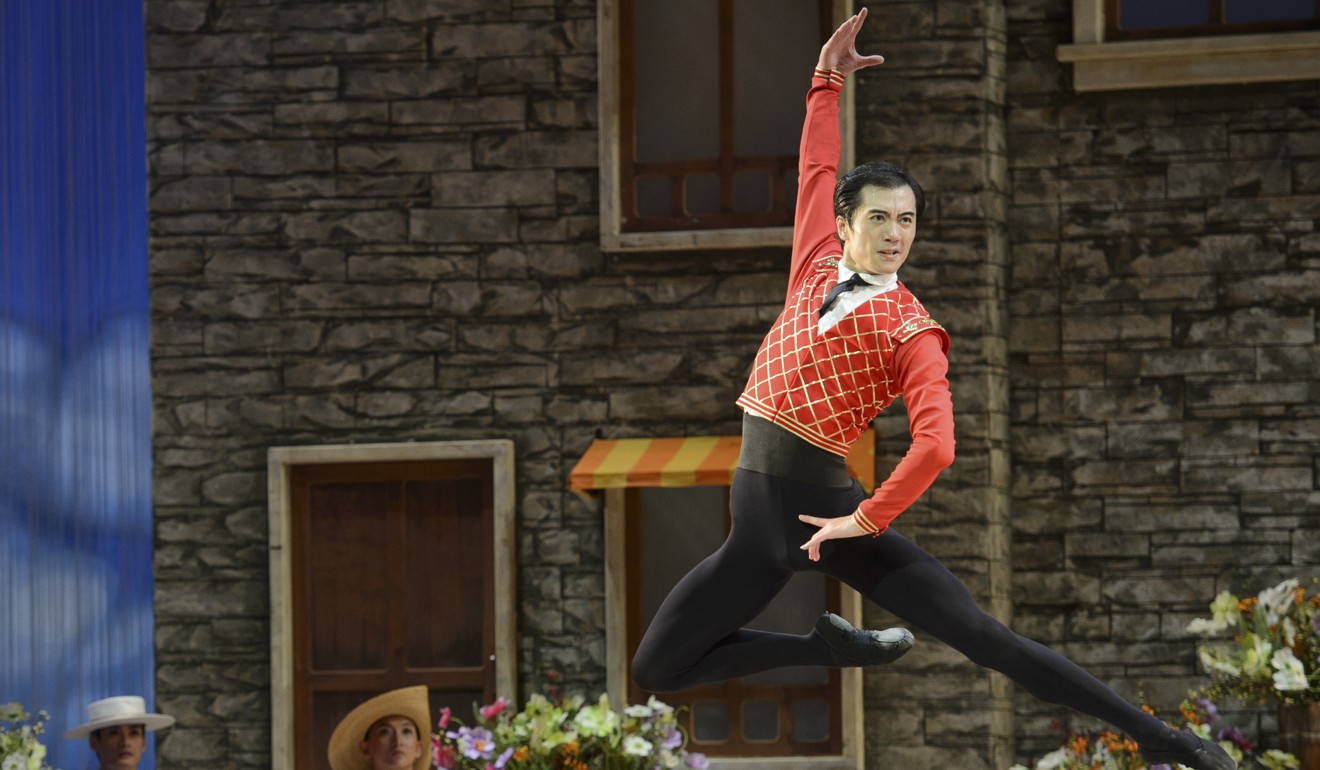
Hong Kong Ballet’s new artistic director Septime Webre aims to unlock dancers’ potential and make dance more accessible
After 17 years with the Washington Ballet, the American hopes to mould the Hong Kong company into a ‘forward-thinking’ troupe with ‘exquisite classical standards’
Spellcheck does no favours for Hong Kong Ballet’s new artistic director, American choreographer Septime Webre, whose unusual first name turns into “September”, “septic tank”, or even, he says, “septum, deviated”.
The name, in fact, comes from the Latin word for seventh. Webre was the seventh born son in his family and was named after his grandfather, also a seventh son.

Talking to the eloquent 55-year-old makes you feel like a greyhound chasing an electric hare – questions become redundant as a stream of words and ideas spill out, leaving you breathlessly trying to keep up.
I want to facilitate their excellence and find stuff in them that they don’t know about
Barely one week into his new job and he is already bubbling with plans for the Hong Kong Ballet. It’s easy to see how this dynamic individual put the Washington Ballet on the map during his 17 years as artistic director – transforming it from a small, “sleepy” ensemble to a national level company.
So how does he see his new role?
Webre says an artistic director’s first responsibility is “to the dancers, to develop their careers and provide for their artistic growth”.
“I don’t have a responsibility to make their dreams come true – because their dreams may not be what they’re supposed to do. I want to facilitate their excellence and find stuff in them that they don’t know about,” he says.

Equally key is developing a repertoire that “moves dancers along, moves audiences along and helps move the art form along”. His goal is for the company to be thought of as “one of the world’s most forward-thinking ballet companies with exquisite classical standards”.
Hong Kong Ballet’s Carmen is powerful and superbly danced - when will its choreographers get a full-length ballet to work on?
As a choreographer, Webre “grew up with modernism”, producing abstract works influenced by William Forsythe and Twyla Tharp. However, as an artistic director he needed to create narrative ballets that would sell seats. It was this creative arch that saw his “natural storytelling” side start to emerge.

His choreographic résumé at the Washington Ballet includes adaptations of literary classics such as The Great Gatsby as well as pieces based on jazz, blues and Latin music.
While praising the quality of the Hong Kong Ballet’s classical repertoire, Webre says he wants to add “a higher level of sophistication into the work made for the company”. He’s driven to create ballets designed to embody Hong Kong’s unique identity. Webre is particularly interested in Hong Kong films and says he has been inspired by his first experience of Cantonese opera.
Webre also strongly believes that an artistic director can’t just stay in the studio, but must also “act as an advocate for the institution”. He wants the troupe to perform in more venues, not only theatres outside the centre but unconventional locations that may attract new audiences. “You need to surprise people,” he explains.
Webre moved around a lot in his early years. His mother was Cuban and his father was an American of French descent, who owned a sugar plantation in Cuba. The family left Cuba when Fidel Castro nationalised the sugar industry, and Webre spent his childhood in the Bahamas.
A post shared by Hong Kong Ballet (@hongkongballet) on Aug 3, 2017 at 4:21am PDT
When he was 12, the family moved to the US state of Texas, where Webre attended high school and university. However, his father’s work meant spending summer and Christmas breaks in Haiti in the Caribbean, Sudan in North Africa and the Ivory Coast in West Africa. The experience of expatriate life (not to mention hot climates) made coming to Hong Kong feel “like a good fit”.
[You] must find ways to connect with the social fabric of the city
As a boy, Webre’s ambition was to be a priest but by the age of 15 he realised it wasn’t for him and proposed to study law instead. His love of ballet came later. He says his passion began after he was left captivated by performances he had seen on television and at his sister’s school.
Despite undertaking serious dance training from the age of 17, Webre never thought of ballet as a career. However, a week before he was due to start his studies in law, fate stepped in when he was offered a job at Ballet Austin.
Without telling his parents, Webre deferred law school for a year. Five days into rehearsals and he realised that ballet “felt right” and law school was soon forgotten. Ironically, his sister, who he’d followed to ballet school, is now a lawyer.
A year later Webre moved to New York, where he spent eight years as a dancer and, at the age of 23, choreographed his first dance. He became resident choreographer at the American Repertory Ballet in Princeton and, in 1993, artistic director.

“I was 30, just a kid” and six years at this small company “allowed me to learn on the job” before moving to Washington in 1999.
Webre resigned from Washington Ballet last year to devote more time to his own work as an artist. But when an opportunity in Hong Kong came up, he was too attracted by the city’s international allure to turn down the offer. “When I saw how technically strong the dancers were and how enthusiastic they were [my mind was made up],” he says.

Webre believes that for ballet companies to survive, they must build a relationship with the community which goes beyond simply performing. “[You] must find ways to connect with the social fabric of the city,” he says.
How jazz borrowed improvisation from classical music, and pianist Gabriela Montero who’s on a mission to take it back
A project called “Ballet in the City” planned for this autumn is aimed at making the company more accessible. Its aim is to build support through pop-up performances, open rehearsals and opportunities for the public to meet the dancers. Educational projects are also close to Webre’s heart. The Washington Ballet’s “Dance DC” brought ballet lessons to 10,000 children in the city’s public school system, and now he hopes to expand Hong Kong’s existing Ballet Classics for Children programme.
A post shared by Septime Webre (@septimewebre) on Jul 24, 2017 at 4:09am PDT
Webre also wants the company to collaborate with other local arts groups. He plans to bring together fashion designers, visual artists and musicians to work with choreographers on a “Hong Kong Cool” project, reflecting the city’s current creative scene. Another idea is to use state-of-the-art technology (such as virtual reality) to generate a stronger online presence.
Webre’s energy, ambition and eagerness to explore Hong Kong’s culture bodes well so far – it now remains to be seen how he will cope with relatively limited resources, as well as the bureaucracy inevitably attached to a government-subsidised company.
Hong Kong Ballet’s 2017/18 season opens with “Don Quixote”, Cultural Centre Grand Theatre, Aug 25-27, 7.30pm; Aug 26 and 27, 2.30pm; with appearances by guest artist Iana Salenko of the Berlin Ballet at the evening shows on Aug 26 and 27, HK$140-HK$680. Inquiries: 2573 7398

